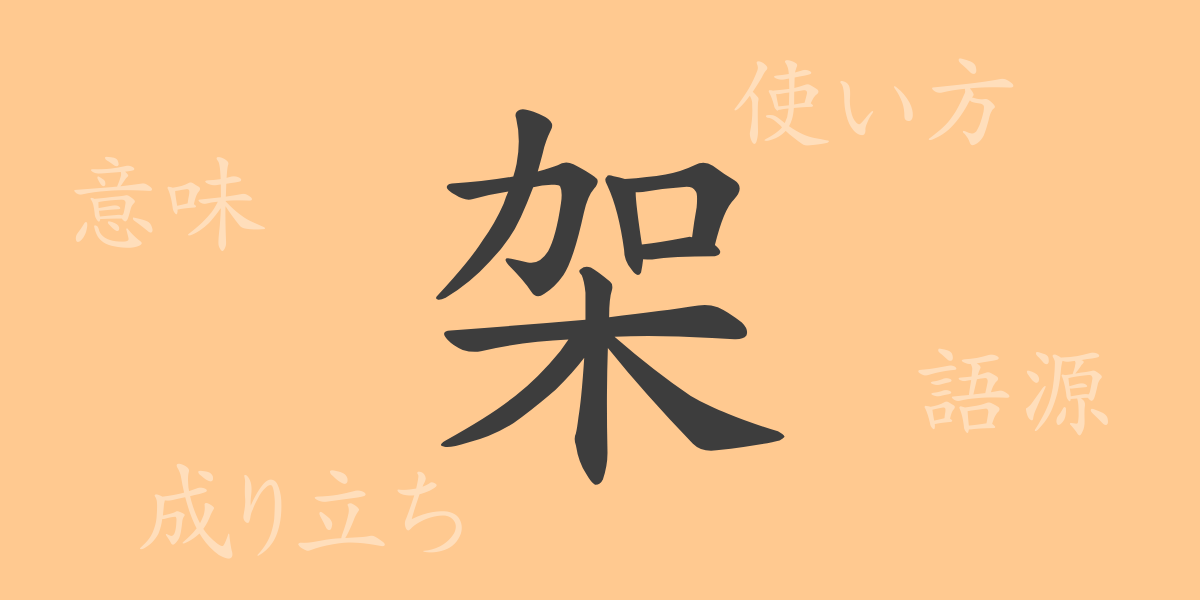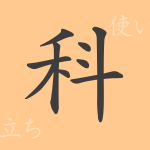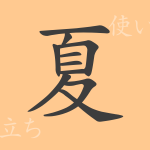The beauty of the Japanese language lies in its complexity and delicacy. The meanings imbued in a single Kanji character can vary widely based on its shape and sound. In this article, we focus on the commonly used Kanji character “架” (Ka) and explore its profound world. We will discuss the etymology, meaning, usage, reading, number of strokes, and radical of “架” (Ka), and we will also delve into idioms, set phrases, and proverbs that use “架” (Ka).
Origins of 架 (Ka)
The Kanji “架” (Ka) evolved from an ancient Chinese pictograph that represented a structure made by combining pieces of wood to support something. Originally expressing the concept of a framework constructed from timber, it has, over time, come to encompass various abstract meanings as well.
Meaning and Usage of 架 (Ka)
The Kanji “架” (Ka) often represents actions such as “to hang” or “to bridge,” and while it is frequently used to describe the physical act of supporting something, it is also employed metaphorically to indicate relationships or mediation. For example, “架空” (Kakuu) means something that does not actually exist, and “架橋” (Kakyou) signifies the act of connecting different things.
Readings, Number of Strokes, and Radical of 架 (Ka)
The basic information about the Kanji “架” (Ka) is as follows:
- Readings: The On’yomi (Sino-Japanese reading) is “か” (Ka), and the Kun’yomi (native Japanese reading) are “かける” (Kakeru) and “かかる” (Kakaru).
- Number of Strokes: 8 strokes
- Radical: 木 (Kihen) or “tree”
Idioms, Set Phrases, and Proverbs Using 架 (Ka) and Their Meanings
There are numerous idioms, set phrases, and proverbs that include the Kanji “架” (Ka), each with its unique meaning. For instance, “架空の話” (Kakuu-no-hanasi) refers to a non-existent story, “金網を架ける” (Kanaami-wo-ka-keru) means to create an obstacle, and “架橋する” (Kakyou-suru) denotes the act of connecting different fields or ideologies. These expressions are just one example of the richness of the Japanese language.
Summary on 架 (Ka)
The Kanji “架” (Ka), with its varied meanings derived from its form and sound, enriches Japanese expressions. Encompassing everything from physical structures to abstract concepts, this character possesses a charm that allows us to feel the culture and history behind the words. You will likely encounter “架” (Ka) in a wide range of contexts, from everyday conversations to specialized discourse.

























